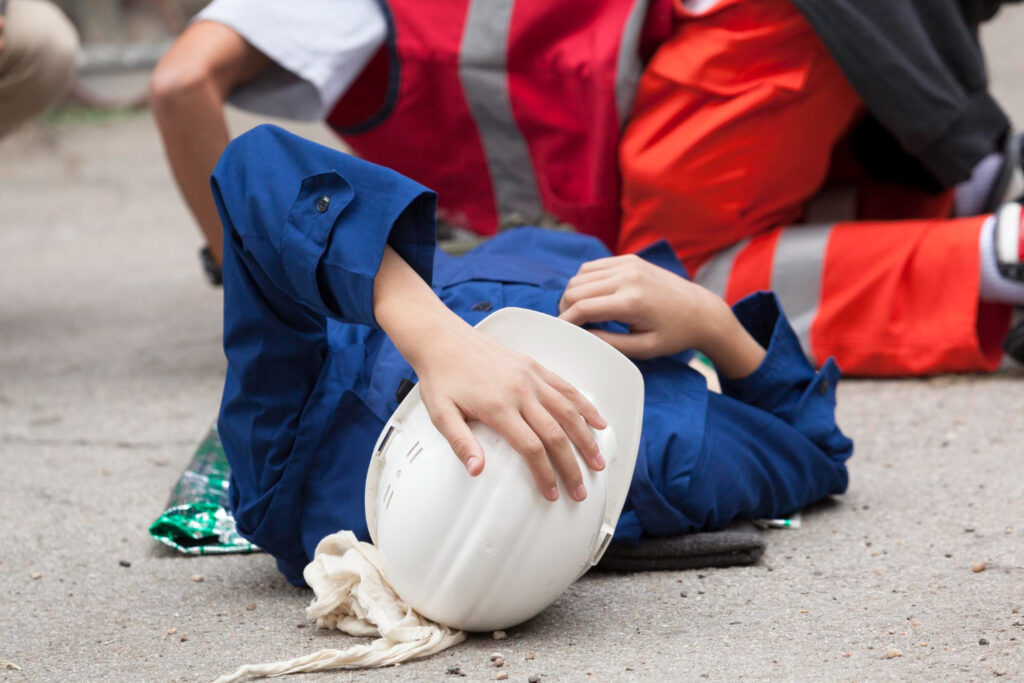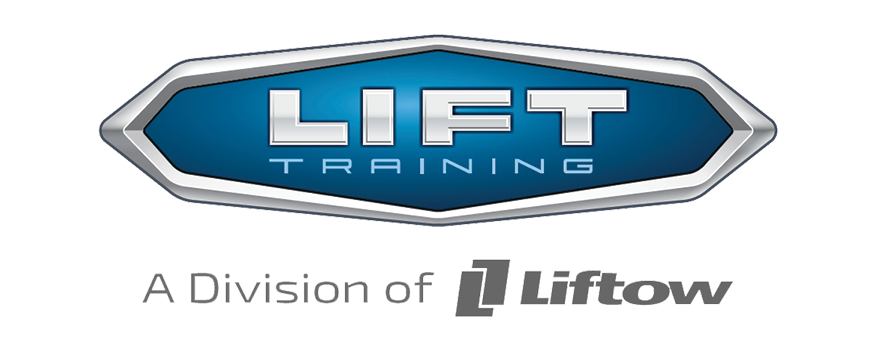
Emergencies at work can happen when we least expect them. Knowing what to do can make all the difference in keeping everyone safe. It’s important for every employee to be ready, whether it’s a fire, a medical issue, or a sudden power outage. Being prepared helps reduce panic and ensures that everyone can respond quickly and effectively.
Recognising the signs of an emergency allows people to act fast, saving valuable time. It’s also crucial for workplaces to have clear plans and training in place. When everyone knows their role and the steps to take, it creates a more secure environment. Communication plays a key role during emergencies, helping to keep everyone informed and coordinated.
Let’s learn how to handle any emergency that might come our way, keeping everyone secure and supported.
Recognising Different Types of Workplace Emergencies
Workplace emergencies come in various forms, each requiring a specific response to ensure safety. Understanding these emergencies helps us act quickly. Common emergencies include fires, medical incidents, and natural disasters. Fires, for instance, can start from faulty wiring or mishandled equipment. They spread fast, making swift evacuation crucial.
Medical emergencies, like sudden illnesses or injuries, need immediate attention. These can occur due to slips, falls, or even allergic reactions. Natural disasters, such as earthquakes and floods, demand rapid sheltering and situational awareness. Recognising the signs of each emergency type is the first step to a well-coordinated response.
Identify signs by staying observant. For fires, this may include smelling smoke or seeing flames. With medical incidents, noticing someone clutching their chest or behaving disoriented could indicate distress.
In the case of natural disasters, unusual rumbling or intense rain might signal an approaching event. Training sessions and safety drills help staff recognise these signs so they can react promptly. Being aware and informed ensures that everyone knows what to do when faced with these emergencies, minimising risks and enhancing safety.
Immediate Actions to Take During an Emergency
Knowing what to do during an emergency can save lives. The first step is to stay calm and assess the situation. Panic often leads to poor decisions, so taking a deep breath and staying composed helps. Follow these steps to ensure everyone’s safety:
1. Alert Authorities: As soon as an emergency is detected, notify emergency services. Provide clear details about the situation, including location and type of emergency.
2. Evacuate or Shelter: Depending on the emergency, either evacuate the building or find safe shelter. For fires, follow marked exit routes to leave the building. In natural disasters, move to designated safe areas.
3. Follow Protocols: Adhere to pre-established safety protocols designed for each type of emergency. These are usually covered during training sessions, making practice key.
4. Help Others: Assist co-workers who need help evacuating or reaching shelter. Ensure everyone is accounted for once in a safe location.
5. Await Instructions: Once in a safe place, wait for further instructions from emergency personnel. Stay put until it’s declared safe to return.
Staying calm and following these steps ensures a smooth response to emergencies. Regular drills and training reinforce these actions, making them second nature. This preparedness helps reduce risk and ensures that everyone is ready to handle emergencies effectively.
Effective Communication in Emergency Situations
During emergencies, clear and effective communication is vital for ensuring everyone’s safety. Implementing strong communication practices helps maintain order and coordination. Start by designating communication leaders within the team.
These leaders are trained to provide instructions during crises and relay information to emergency services. They play a crucial role in ensuring messages are clear and reach everyone quickly.
Key communication practices include using loudspeakers, alarms, or other alert systems to notify employees of an emergency. Visual cues like flashing lights can be effective in noisy environments where alarms may not be heard clearly. Utilising mobile communication tools, such as group text alerts or apps, keeps everyone informed even if they are not at their usual workstations.
It’s also important to regularly test these systems and tools to ensure they are functioning properly. Practice drills should incorporate these communication methods, allowing employees to become familiar with them.
This familiarity ensures that when an actual emergency occurs, communication remains swift and effective, preventing confusion and facilitating a smooth evacuation or response.
Post-Emergency Evaluation and Preparedness
After an emergency, evaluating the response is critical for improving future readiness. Begin by holding a debriefing session with all involved personnel. Discuss what went well and where improvements are needed. Gather feedback on challenges faced during the emergency, such as communication breakdowns or unclear evacuation routes.
Use this information to assess the effectiveness of current safety protocols. Analyse response times and the adherence to procedures. Determining what worked and what didn’t helps update and refine emergency plans. Make sure to document these findings and incorporate them into regular training sessions.
Creating a comprehensive emergency preparedness plan should be an ongoing process, with regular updates based on recent evaluations and feedback. Conduct regular drills to ensure everyone remains familiar with procedures. Schedule periodic reviews of equipment and emergency supplies to confirm everything is in working order.
A well-maintained and tested preparedness plan keeps everyone informed, confident, and ready to act efficiently in case of future emergencies. This continuous improvement cycle plays a significant role in enhancing overall workplace safety and resilience.
Conclusion
Handling emergencies at work is about preparation, swift action, and learning from experiences. By recognising the types of emergencies and knowing how to react, we create a safer workplace.
To further improve your workplace safety practices, consider working with LIFT Training. We specialise in providing comprehensive corporate health and safety training tailored to your organisation’s unique needs. Let us help you enhance your emergency preparedness and ensure your team is well-equipped to handle any situation.
Contact us today to learn more about how we can support your safety goals!
